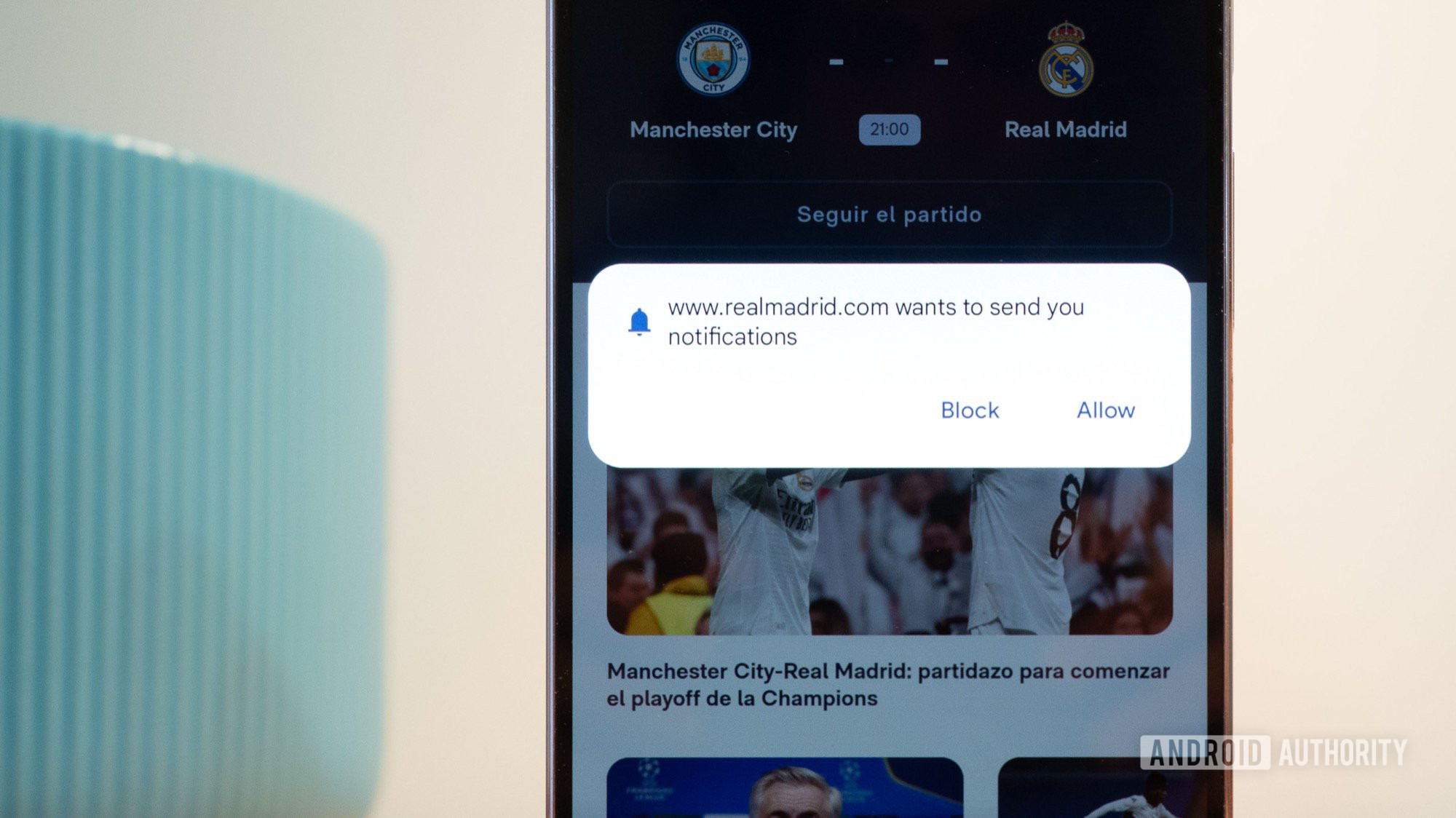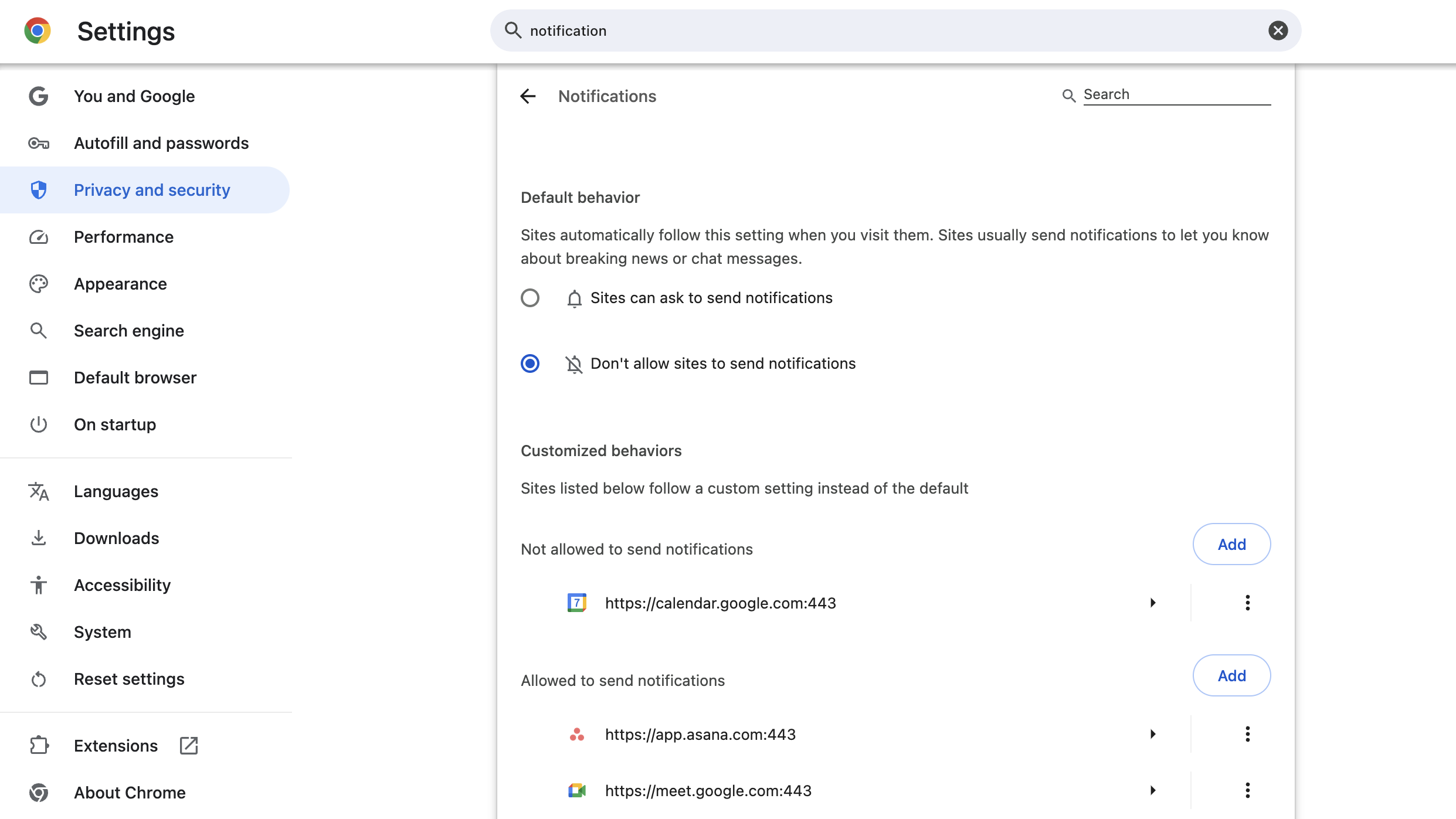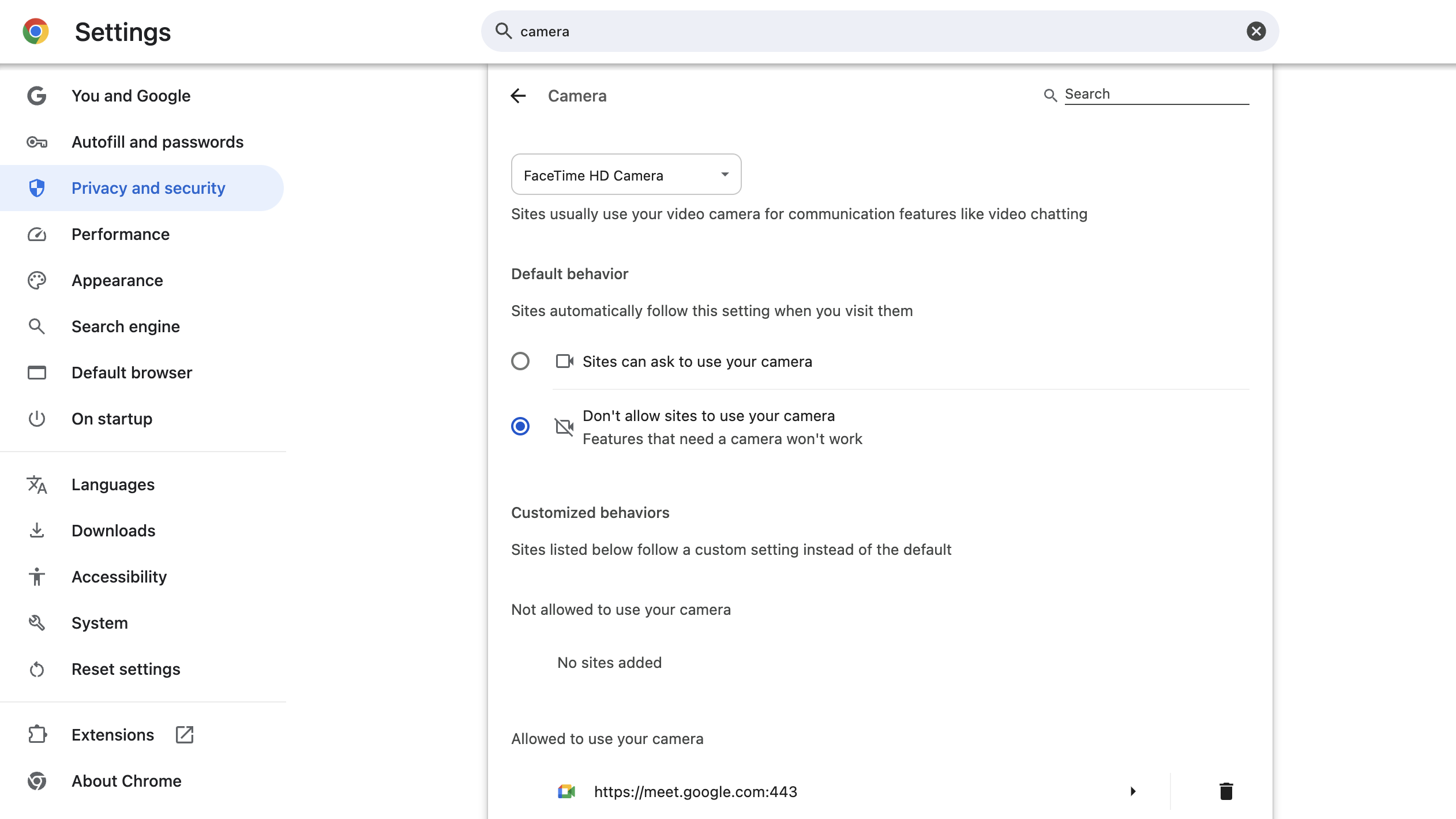
Rita El Khoury / Android Authority
Each time I set up a new Android -Phone or Android -St boardiPhone or iPad, Windows or Mac computer with Chrome as the main reader, it’s a setting I immediately and always change. This is a non-public to me, whether the device I set up is for me or, even more, for my parents or other family members.
What is that? The simple explanation is that it is the setting that stops all websites from asking me to let it send me notifications. This trick does not only prevent the alerts from appearing; It ripper off the problem from the roots and prohibits websites to even appear as annoying “allow notifications” pop-up every time I visit a new website. A real common sense.
Blocking the notification pop-up is better than blocking all notifications

Rita El Khoury / Android Authority
Between cookie deals, reminders of login, alerts, ads and other popup windows, it has become more annoying than ever. Some of these I can tolerate: Cookies are important for privacy, while ads are why people like me have work on writing words online. However, the rest is just too much. No, tour advisor, I really don’t want to log in; I just surf the best attractions in Lisbon! And no, I don’t want my supermarket to send me notifications, and I don’t want my bank to have access to my place.
Most, however, accept the endless pop-up windows and find themselves repeatedly clicked Block To stop websites from sending them notifications. Except for a day, like all of you, after a million blocks, I inevitably made the mistake of clicking Allow Because I was in a hurry, and I ended up getting an flux of daily alerts from the random furniture store where I bought one roof light. No, I don’t need a new light every day, thank you.
I don’t want to keep swatting-alert pop-ups away, I prefer a permanent solution.
Of course, I can always go back and disable these or even turn off all Chrome notifications at system level, but that doesn’t hinder Darned Notification Pop-up from coming up every time I visit a new website. Worse yet, if it is my parents using their phones or computers: they will click Allow on anything and ends up with a flood of daily alerts from all websites they go to.
That is why blocking pop-up from the start is the real solution. This means that you surf in today’s network a little more tolerable and cancel the risk of mistakenly allowing a random website constantly ping our phones and computers.
How to Disable the notification pop-up in chrome
To prevent popup-pop-up from appearing on mobile (Android, iOS and iPados), you have to go to Chrome’s Settings> Website Settings> Alerts and disable the first Alert exchange. If it shows as BlockedYou are good to go.

Rita El Khoury / Android Authority
On the desk just add one step to this: Go to Chrome’s Settings> Privacy and Security> Settings for Websites> Alerts and choose Don’t let sites send notifications.
And that’s all you need to do to stop the annoying “xyz.com wants to view alerts” pop-up windows from each site you ever visit. I recommend that you also do this on your parents’ phones; The mind that follows is invaluable.
I also stop location, camera and microphone pop-ups
While changing this notification setting, you probably noticed that there are other menus below Website SettingsAnd yes, they work in the same way as the alert menu. Basically, you can stop pop-up for shading, access to the camera and access to a microphone. To do this, repeat the steps above but choose Place,, Cameraor Mic instead of notifications. Disabling these is one of my favorite ways to reduce unnecessary clicks, breaks and disturbances while surfing. It is clear that my work requires me to visit many random new websites every day, so this helps me tremendously.

Rita El Khoury / Android Authority
But if you turn these off, no websites will ever be able to ask you for these permits; Pop-up just doesn’t appear. So when I want to give a website some of these permits (like Google Meet, for example because I take calls in Chrome on my computer), I have to temporarily activate pop-up, approve that request and then return to the deactivate pop-up. I just have to do it once, and then Chrome remembers that this site has access to my camera and microphone, even though they are blocked for all other websites. This solution is a small price to pay in exchange for security, but if you ask me.


